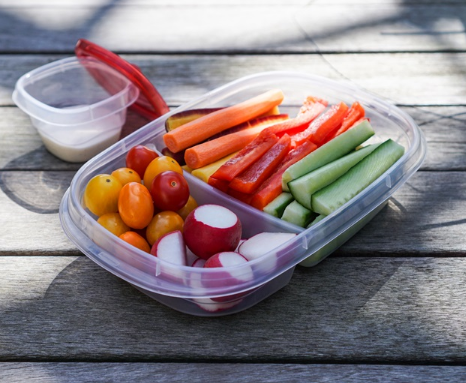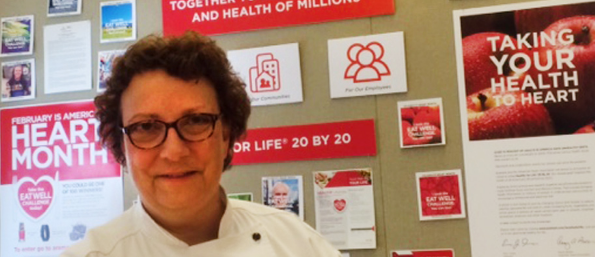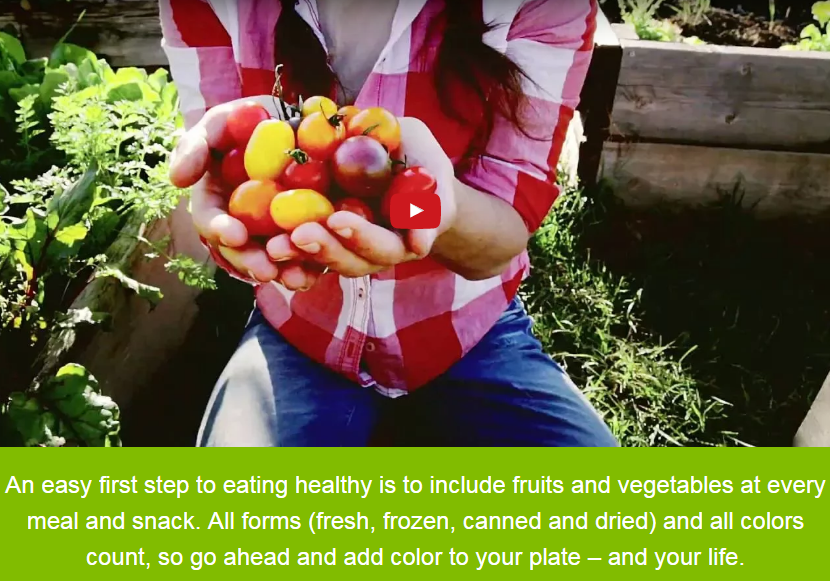Ingredients
- 1 pound small all-purpose potatoes, halved
- 1 1/2 pounds pumpkin
- 1/2 cup apple cider
- 10 ounces vegetable broth
- 1 small sprig of fresh rosemary
- 1 large red onion, halved and thinly sliced
- 3 beefsteak tomatoes, thickly sliced
- 2 sprigs fresh oregano, stalks discarded
- 12 cups grated Parmesan cheese
- 1 cup fresh white bread crumbs
- Salt and pepper
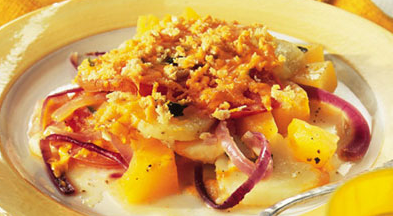
Instructions:
Preheat the oven to 350°F. In a medium saucepan, combine potatoes and water to cover. Bring to a boil. Cook for 15 to 20 minutes or until just tender. Drain.
In large saucepan, combine pumpkin, cider and broth. Add rosemary. Bring to a boil, partially cover pan, and simmer 15 minutes. Add onion and continue to cook for 10 minutes. Discard rosemary and add salt and pepper to taste.
Slice potatoes and arrange half of them over the bottom of a 2 quart ovenproof baking dish. Lay half the tomato slices on the potatoes and scatter half the oregano leaves over. Season to taste with salt and pepper, and sprinkle with half of the cheese.
Spoon cooked pumpkin on top, adding all the cooking liquid. Top with remaining potatoes, tomatoes and oregano. Mix remaining cheese with bread crumbs and sprinkle over top of vegetables.
Bake gratin for 35 to 40 minutes or until topping is crisp and golden brown. Serve hot.
Nutritional Information(per serving)
- Calories: 480
- Fat: 18g
- Saturated Fat: 11g
- Cholesterol: 45mg
- Sodium: 370mg
- Carbs: 53g
- Protein: 30g
- Fiber: 6g
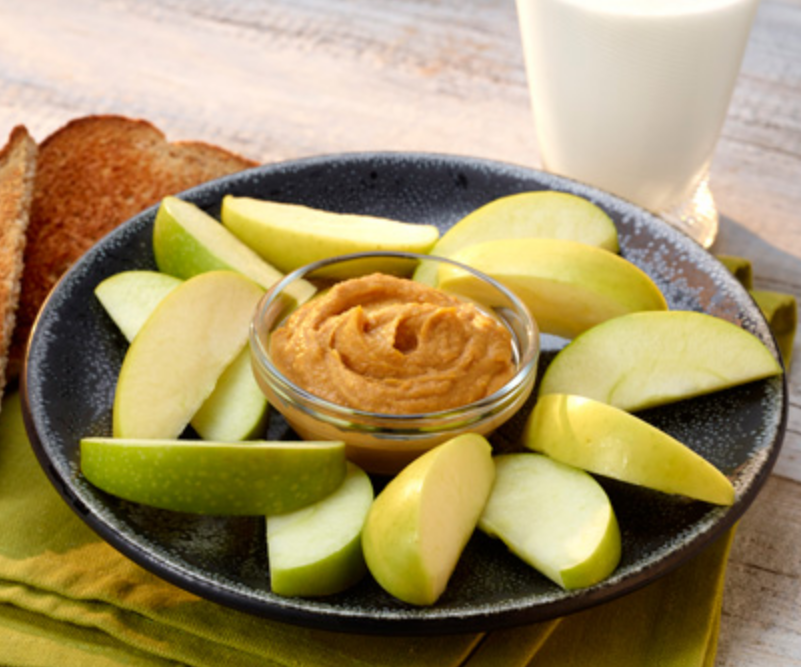

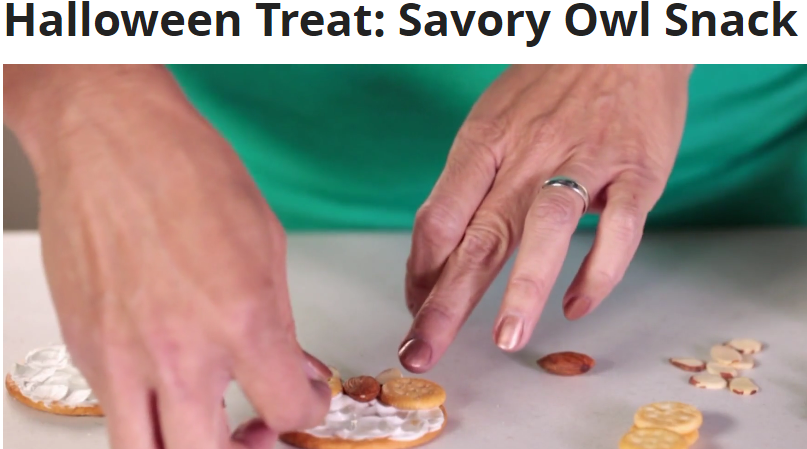


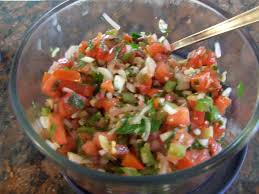
/about/GettyImages-683732681-58481f403df78c0230f3cf83.jpg)
